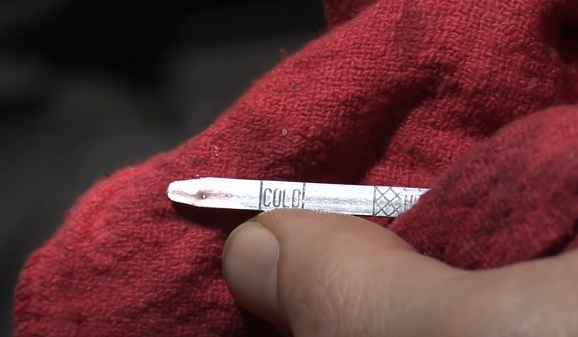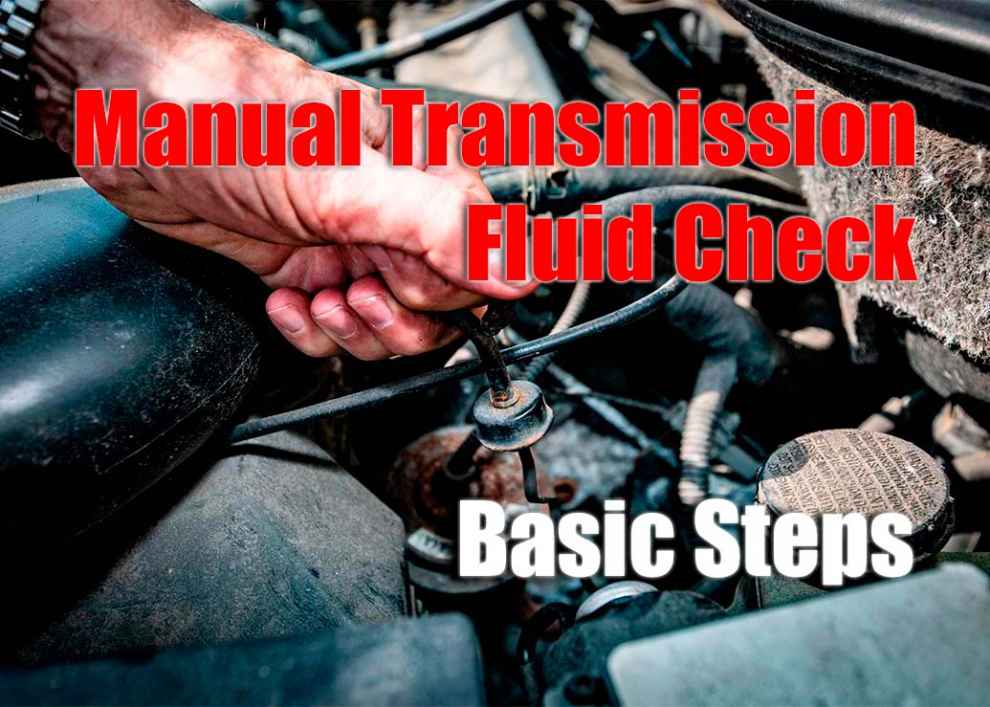Maintaining a reliable and efficient vehicle is vital in today’s world, and for Jeep owners, keeping up with the manual transmission fluid is critical. The manual transmission is crucial for ensuring your Jeep operates smoothly. Without regular maintenance, it can become damaged or worn out. Regularly inspecting the manual transmission fluid in your Jeep can prevent expensive repairs in the future and guarantee optimal vehicle performance. In this article, we’ll discuss how to check the manual transmission fluid in your Jeep, including what type of fluid should be used and when it should be changed. We will also provide some helpful tips for maintaining your manual transmission fluid so that you get a long-lasting and efficient performance from your vehicle. By adhering to these guidelines, you can be confident in maintaining your car effectively and benefit from many years of dependable performance.
Why Checking Your Transmission Fluid Is Important
Regularly checking your manual transmission fluid to ensure everything runs smoothly is important. This fluid serves as a lubricant for the transmission’s moving components and aids in transferring power from the engine to the transmission. Without regular maintenance, the fluid can become contaminated with particles and debris, which can cause damage to the internal components of your vehicle. It’s also crucial to ensure the fluid is at the correct level. Insufficient fluid can lead to overheating, reduced efficiency, and premature wear while overfilling can result in leaks and other malfunctions. It can result in expensive fixes and even cause a total transmission failure. Checking and changing your manual transmission fluid regularly will help ensure maximum performance from your Jeep and a long-lasting life out of its components.
What Type of Fluid Should I Use?

Manual Transmission Fluid Check: Step-by-Step
Before you begin a manual transmission fluid check, ensure you have all the necessary supplies. This includes a clean cloth, a funnel, and the appropriate manual transmission oil type. You will also need an oil dipstick and an engine oil level gauge to accurately measure the fluid levels in both the transmission and engine.
-
Park your Jeep on level ground and shut off the engine to ensure that all moving parts come to a complete stop.
-
Lift the hood of your car and locate the dipstick for your manual transmission fluid. It will usually be located near or within the area designated for checking engine oil levels.
-
Remove the dipstick from its housing and wipe it off with a clean cloth to ensure an accurate reading when measuring it against your engine’s oil levels.
-
Insert it back into its housing until it is fully seated before taking it out again to measure its reading accurately against your engine’s oil levels using an appropriate tool, such as a level gauge or ruler marked with milliliters or ounces depending on what type of measurement system is being used by your vehicle’s manufacturer (check your owner’s manual).
-
Compare what you see on the stick with what is listed in your owner’s manual for optimal fluid levels to determine if any additional adjustments are needed depending on how low or high yours appears to be compared with those recommended numbers.
-
If needed, add more fluid slowly using either a funnel or another approved method until desired results are attained according to manufacturer specifications to avoid overfilling, which can lead to excess leakage through seals/gaskets, which could damage components internally and create slippage-related issues externally during operation.
-
Re-seal everything tightly afterward as necessary before putting away all tools/supplies used throughout this process and closing up once again, letting idle for a few minutes before taking the car out onto the open road again if desired at this time but only after ensuring all components have cooled down properly beforehand(especially clutches/transmission itself)to avoid any potential issues later on down the line due too premature wear/tear due too extreme heat being applied too soon afterward!
Tips and Troubleshooting for Manual Transmission Fluids
To ensure you get maximum performance from your manual transmission fluid, there are some things you can do to maintain it properly over time. First, follow the manufacturer’s instructions regarding how often transmission fluid should be changed, which can vary depending on vehicle type and usage habits. Second, if you notice any signs of contamination or wear in your transmission, such as grinding noises or difficulty shifting gears, contact a professional immediately for advice on what steps must be taken to address these concerns before they become major issues. Finally, consider using synthetic oil for added protection against wear and tear over time and improved lubrication during extreme temperatures or heavy usage periods. Also read here about the Best Oil for Jeep.
Conclusion
Maintaining your manual transmission fluid is essential for keeping your Jeep running smoothly and efficiently. Checking and changing your transmission fluid regularly can help you avoid expensive repairs down the line and ensure maximum performance from your vehicle. Use an appropriate fluid, such as synthetic oil, and follow the manufacturer’s instructions regarding when it should be changed. Be sure to check for any signs of wear or contamination to address these issues quickly before they become major problems. With regular maintenance, you can rest assured that your Jeep will provide years of reliable use and enjoyable driving experiences for many miles to come.

Add Comment